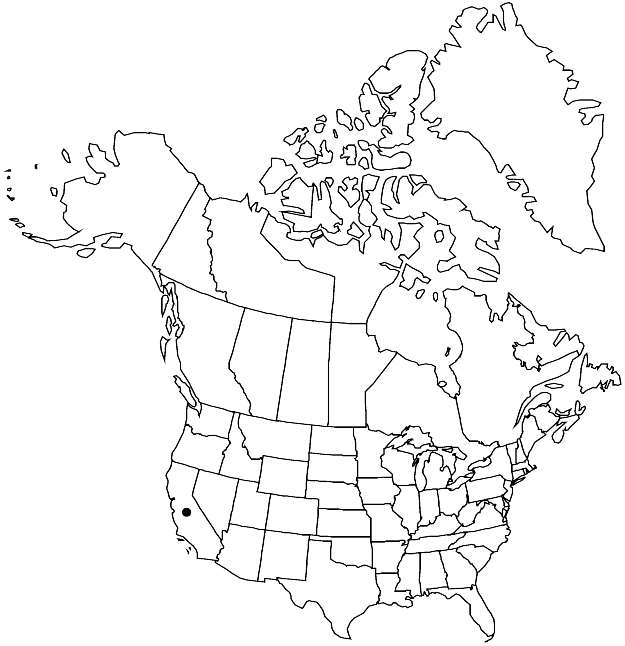Limnanthes douglasii subsp. rosea
Madroño 36: 50. 1989.
Leaflets: blade usually linear, sometimes wide-ovate, margins entire or deeply, irregularly lobed. Flowers cup- or bell-shaped; sepals lanceolate, 7–8 mm; petals white (sometimes aging or drying pale pink or yellow, veins rose), cuneate to obovate, 12–18 mm (apex sometimes obcordate); filaments 5 mm; anthers cream, yellow, dark pink, orange-red, or nearly black, oval, 1.5 mm. Tubercles present, whitish or pinkish, lamellar, planar, or blunt. 2n = 10.
Phenology: Flowering Mar–May.
Habitat: Wet meadows, edges of vernal pools
Elevation: 0-800 m
Discussion
Subspecies rosea occurs in the Inner Coast Ranges, Central Valley, and Sierra Nevada Foothills. C. T. Mason (1952) noted that populations in the northern part of the range tend to have white petals with pink veins, stamens, and pistils; those in the southern part of the range have petals with cream bases and yellow stamens and pistils.
Selected References
None.
